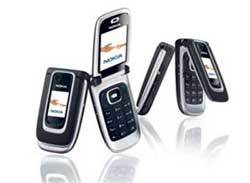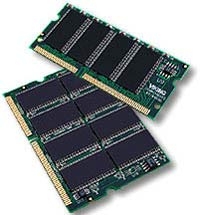Wireless telecommunications are thriving, and Internet phones are just as “hot.” Put them together, and you have a combination that could completely change how people use mobile phones in the future.
Last week at the 3GSM exhibition in Barcelona, major tech players like Microsoft, Nokia, and Skype announced a series of mobile VoIP products and services.
Until now, when we think of accessing the Internet via mobile phones, most of us only consider sending/reading emails, MMS messaging, or video calls. However, in the near future, we will be able to chat via instant messaging and make VoIP calls at “dirt cheap” rates right from our phones.
 |
|
Source: Reuters |
This is, of course, if the technology showcased by Microsoft in Barcelona hits the market soon.
CEO Steve Ballmer, after expressing his “boundless love” for the mobile industry and partner phone networks, announced the upcoming release of a software called Microsoft Office Communicator Mobile. This software will enable VoIP calls on mobile platforms.
Excitement and Anxiety
While consumers are excited, the general reaction from mobile networks has been one of anxiety and concern. It is easy to see that this technology could eat into their golden goose and even cost them billions in mobile revenue.
Just an hour later, another noteworthy announcement was made. This time, the spokesperson was Hutchison 3 Group, a European 3G mobile network, which stated it would offer Skype’s VoIP software embedded in a range of high-end smartphones running Windows Mobile 5.0. This product line is set to hit the market later this year, allowing users to access VoIP services at very low costs.
“We do not see VoIP as a cannibalistic threat to our current phone revenue. To use it, users still have to pay for access,” said Christian Salbaing, CEO of Hutchison 3G. “In our view, VoIP simply opens up a new channel of choice for customers, and we hope to attract more users because of it.”
In contrast to Salbaing, most leaders of mobile networks are taking an anti-VoIP stance. They believe that VoIP on mobile networks will need several more years to mature and meet quality and security requirements.
Meanwhile, mobile phone manufacturers have nothing to lose. As a result, giants like Nokia and Motorola are eager and quick to roll out brand new models that can seamlessly switch between mobile networks and wireless LAN.
 |
|
Source: Infotech |
The Nokia 6136, expected to launch in the second quarter of this year, is built on the UMA (Unlicensed Mobile Access) standard. With the Nokia 6136, your mobile calls will automatically switch to wireless calls at any Wi-Fi access point, helping you save significantly on mobile charges. You won’t need to install anything extra, as you can still use the UMA phone to access 2.5/3G services like picture messaging, video calls, and VoIP.
Not to be outdone, Motorola has also introduced the A910, a phone with similar capabilities. Philips Electronics aims to “shrink the bills” for users through UMA technology. BenQ and Alcatel have also launched their own UMA solutions. VoIP phones and Skype phones from smaller brands have been making appearances over the past few months.
Thiên Ý





















































